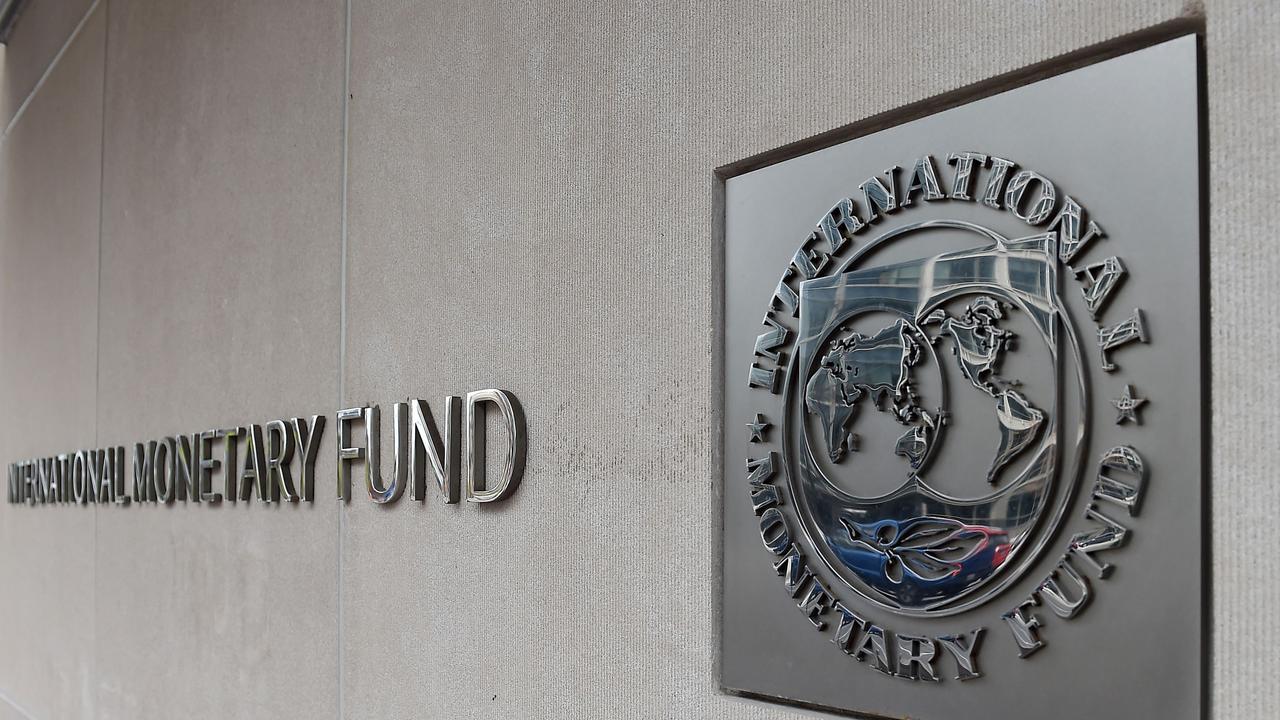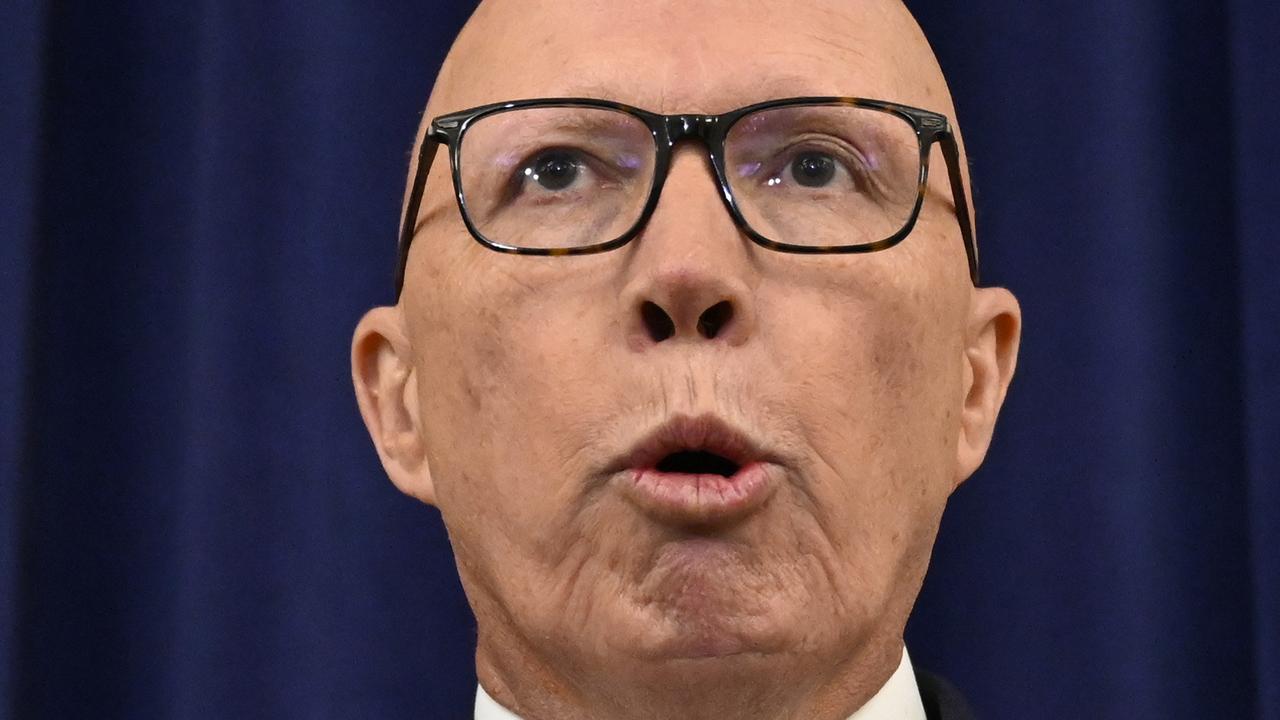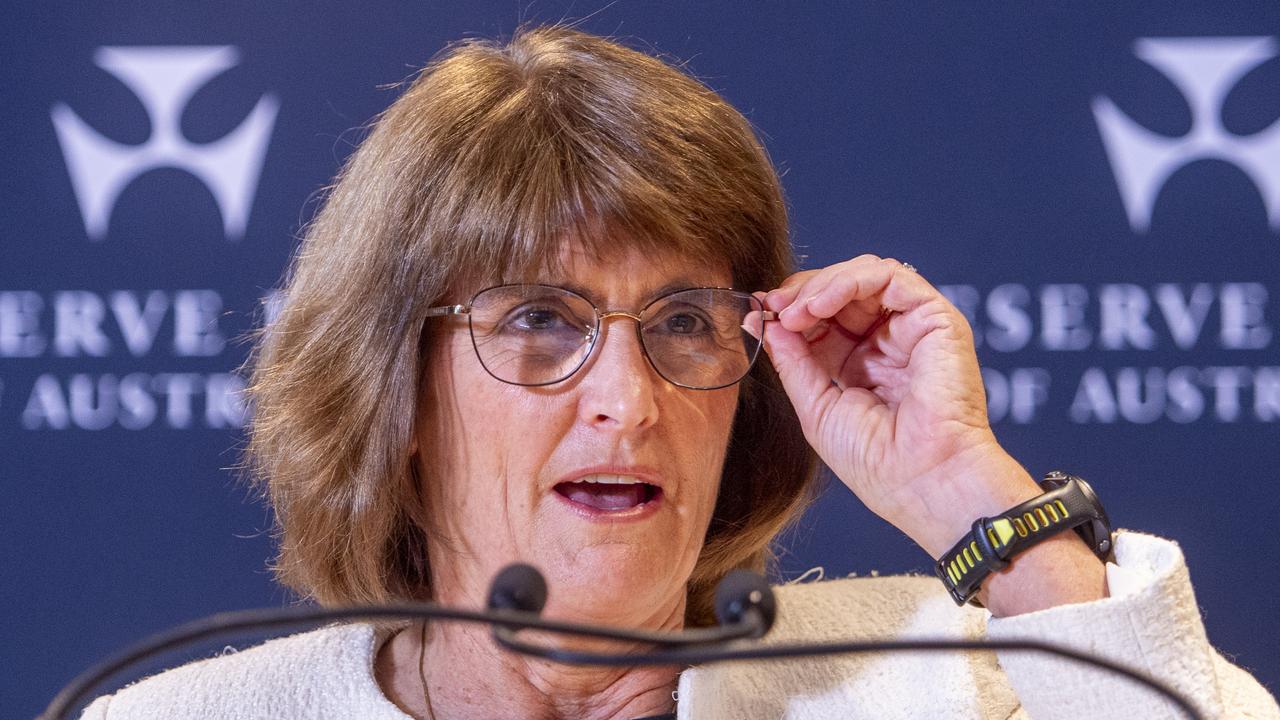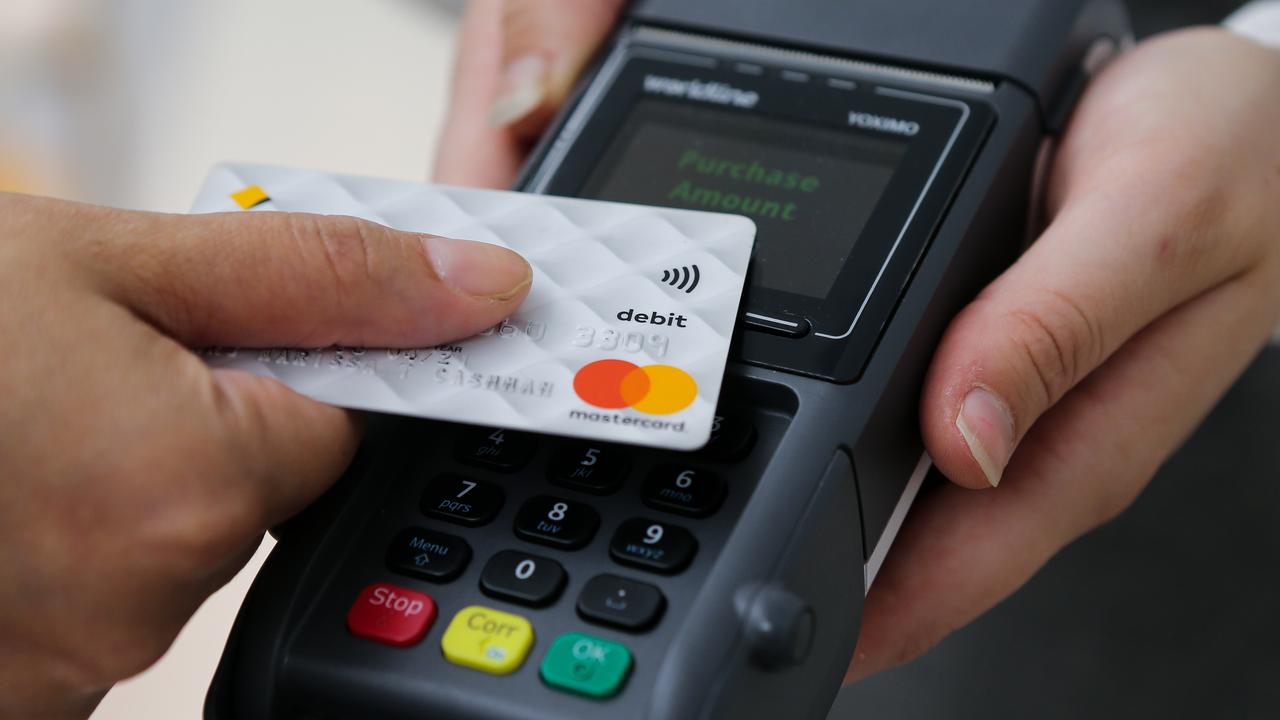‘Worst recession since Great Depression’: International Monetary Fund’s grim forecast
“Great Lockdown”: The economic blow caused by the coronavirus will be “far worse” than the GFC according to a dire outlook from the International Monetary Fund.

The global economy will suffer its worst year since the Great Depression as the coronavirus pandemic severely cripples international supply chains, according to the International Monetary Fund, costing a whopping $9 trillion.
Australia’s economy is tipped to suffer the heaviest fiscal blow of the Asia Pacific region, forecast to lose 6.7 per cent in 2020 before beginning a pronounced recovery while global growth is expected to drop 3 per cent.
“This is a truly global crisis as no country is spared,” IMF chief economist Gita Gopinath said in a blog post overnight.
“In the April World Economic Outlook we project global growth in 2020 to fall to -3 per cent.
“This makes the Great Lockdown the worst recession since the Great Depression, and far worse than the Global Financial Crisis.”
The fund said Australia’s fiscal response to the crisis had been “swift and sizeable” but warned more support could be needed in the months to come.
RELATED: $133m lifeline for childcare centres
RELATED: When $1500 payments will kick-off
RELATED: Report extends forecast for deep recession
If the pandemic fades in the second half of 2020 and government responses are effective, global growth is expected to rebound to 5.8 per cent in 2021, Ms Gopinath said.
“A partial recovery is projected for 2021, with above-trend growth rates, but the level of GDP will remain below the pre-virus trend, with considerable uncertainty about the strength of the rebound,” the IMF said.
“Much worse growth outcomes are possible and maybe even likely.
“This would follow if the pandemic and containment measures last longer, emerging and developing economies are even more severely hit, tight financial conditions persist, or if widespread scarring effects emerge due to firm closures and extended unemployment.”
UNEMPLOYMENT TO HIT 10 PER CENT
The Federal Government revealed on Tuesday it expects unemployment to soar to 10 per cent in the June quarter from 5.1 per cent, leaving 1.4 million Australians without work.

Most forecasts say the impacts of the pandemic will be temporary but a NAB report released this week details how long the jobless rate typically takes to recover from a widespread downturn.
After a recession, the unemployment rate takes an average of seven years to return to pre-downturn levels while a depression could push the recovery out to 13 years.
WARTIME MEASURES NEEDED
The IMF issued a stern warning to governments across the globe earlier this month, imploring leaders to enact “wartime policy measures” for economies to survive the looming deep recession.
The international organisation asked policymakers to pull the trigger on “exceptional support” to help the suddenly unemployed avoid homelessness and deploy industries to produce supplies to properly stock health professionals on the frontline.

It expects the “war” phase of the pandemic to rage for up to six months before entering a “post-war recovery” when the epidemic is brought under control by vaccines but financial pillars will remain battered and bruised.
“The success of the pace of recovery will depend crucially on policies undertaken during the crisis,” IMF economists wrote in a blog post.
“If policies ensure that workers do not lose their jobs, renters and homeowners are not evicted, companies avoid bankruptcy, and business and trade networks are preserved, the recovery will occur sooner and more smoothly.”
EXTENDED LOCKDOWN WILL COST $500 BILLION
The initial expectation was the coronavirus would stall trading for a short period, resulting in a major hit to Australia’s gross domestic product in the second quarter, and then bounce back in the three months after.
But the extended closing of society now being proposed by medical experts will likely impact the nation’s economy for two quarters at least.
Leading independent economist Saul Eslake told news.com.au this would lead to the already eye-watering cost of the pandemic blowing out exponentially.
He said the Federal Government had so far committed more than $200 billion in stimulus packages, the state governments have coughed up close to $50 billion, and all have missed out on at least $100 billion in taxes because of the crippling disruption to business and trade.
Given almost all of the relief measures have a shelf life of six months, extending the support beyond two quarters would cost federal and state governments at least $500 billion, Mr Eslake said.
“There could be pent-up demand (for some industries),” he said.
“But the holidays that aren’t taken, the meals that aren’t eaten, the visits to the cinema or the theatre that aren’t done can’t be replaced.
“So there are permanent losses.”




